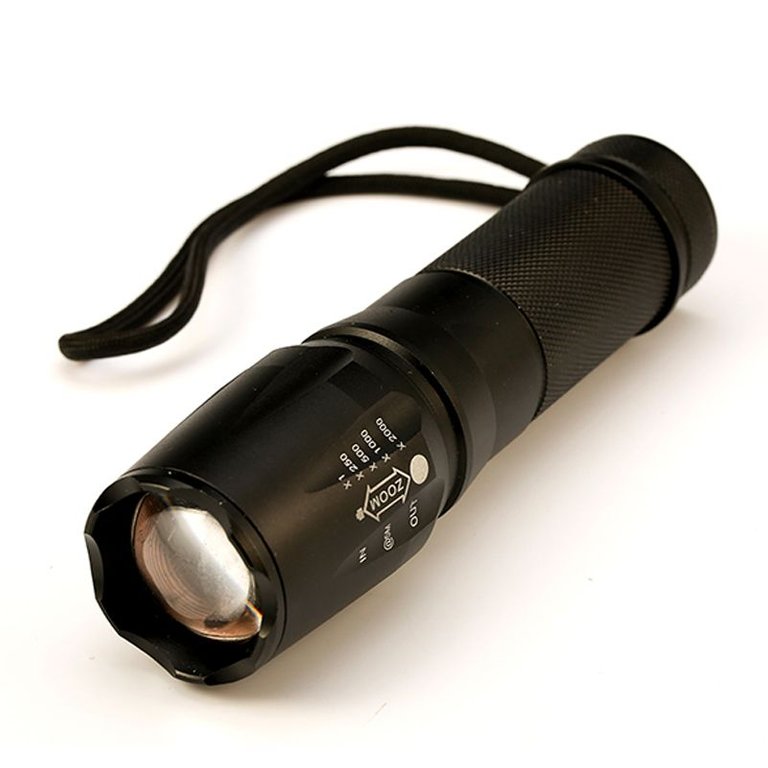
What are "Lumens" and why do they matter?
I see a lot of outdoor lighting gear advertising varying amounts of lumens. As a typical human being, I assumed more means better. However I never really knew what a lumen was, or how many lumens I needed.
According to Google, the definition for a lumen is as follows.
lu·men1
ˈlo͞omən
noun
PHYSICS
plural noun: lumens
the SI unit of luminous flux, equal to the amount of light emitted per second in a unit solid angle of one steradian from a uniform source of one candela.
So that left me with 2 questions.
- What does that mean to the average consumer?
- Why do they matter?
To answer question 1. Essentially a lumen is nothing more than a measurement of light output. More lumens means a more and/or brighter light. Simple right?
To answer question 2 I'm going to give some comparisons. I will be comparing one of those 5000 lumen flashlights being advertised to an incandescent bulb and a kerosene lantern.
A 100 watt incandescent bulb produces approximately 1600 lumens. This means those flashlights produces just over three 100 watt bulbs worth of light. Fortunately these same flashlights use LED (light emitting diodes) which use far less that 300 watts of power. A typical 100 watt incandescent bulb can now be replaced with a 15 watt LED bulb. Which means to produce 5000 lumens now would only cost you a mere 45 watts. Same light output for only 15% of the power cost.
For comparison from an outdoors perspective, standard kerosene lantern can produce about 37 lumens and pressurize kerosene lantern can produce up to 100 lumens. So that 5000 lumen flashlight is brighter than 50 pressurized kerosene lanterns. 50 times brighter than a standard camping lantern is very bright.
I hope this helped some of you better understand what that lumen rating on products means. I also hope that knowing this information you can now make a more informed decision about how many lumens you need for you outdoor lighting equipment.